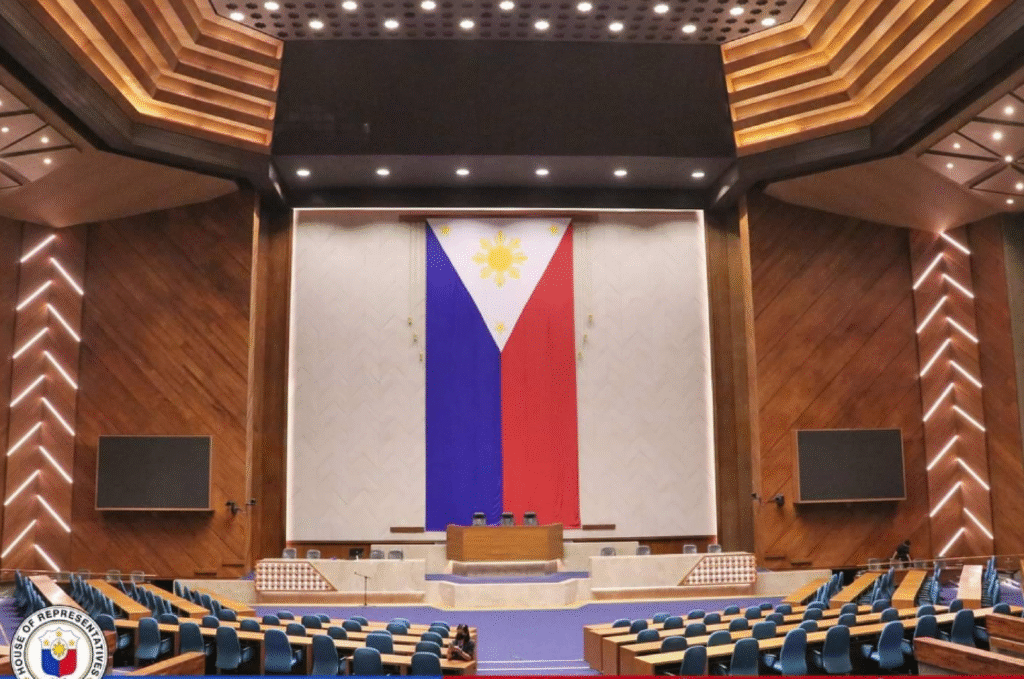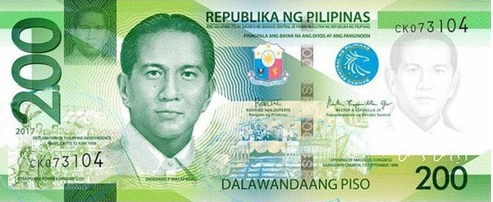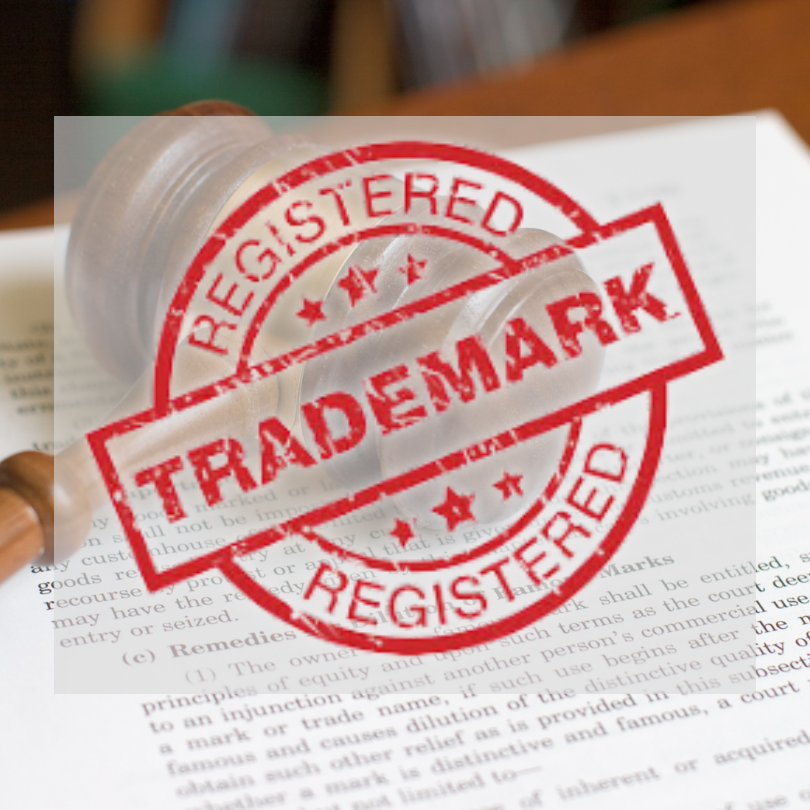On June 4, 2025, the House of Representatives approved on third and final reading the bill mandating a ₱200 minimum wage increase for private sector workers nationwide. The bill garnered overwhelming support from lawmakers, citing inflation and the rising cost of living as major reasons behind the push.
Once implemented, this will raise the minimum wage in many regions to ₱845 per day (NCR) ₱650 (average of other regions)—a long-awaited relief for workers, but a cause of concern for many small businesses and economists.
So what does this really mean for everyday Filipinos? Let’s break down the impact from all sides—employees, employers, and the economy at large.

How the 200 Minimum Wage Increase Helps Workers
The Benefits
- Stronger Purchasing Power
Workers earning minimum wage will now take home roughly ₱4,400 to ₱5,200 more per month, assuming a 22- to 26-day work month. This is expected to help cover essentials like food, transportation, utilities, and school expenses. - More Dignified Living Conditions
With higher daily pay, low-income households may finally begin to afford not just necessities but also small improvements in quality of life—such as better nutrition or occasional leisure spending. - Employee Morale and Retention
Fairer wages can lead to better job satisfaction, reduced turnover, and stronger work ethic—factors that benefit both employees and employers in the long run.
The Downside for Workers
Potential Risks
- Job Reductions in Small Businesses
MSMEs, which make up over 99% of businesses in the Philippines, may not be able to absorb the added costs without cutting corners. This could mean fewer hires, reduced hours, or even layoffs. - Increased Competition for Jobs
As wage rates become more attractive, demand for these positions may grow. Entry-level applicants could face stiffer competition in an already limited job market.

How Businesses Will Be Affected
Opportunities
- More Spending = More Sales
Increased wages can stimulate demand. When consumers have more money to spend, sectors like food, retail, and transportation can benefit from increased foot traffic and sales. - Reduced Attrition Rates
Higher pay might lead to better employee loyalty, reducing recruitment and training costs in the long run.
❌ Challenges
- Higher Operating Costs
A ₱200 increase per worker per day equals ₱4,400 more per employee per month. For a business with 20 employees, that’s an additional ₱88,000 monthly. Many MSMEs won’t be able to keep up unless they raise prices or cut workforce numbers. - Possible Price Hikes
To offset increased payroll costs, businesses might raise the price of goods and services. This risks creating a wage-price spiral, where higher wages drive up costs, leading to higher inflation—nullifying the very wage increase intended to help. - Shift to Informal Labor
Some businesses might circumvent labor laws by hiring “off-the-books” workers or reducing regular hours to stay under legal thresholds—weakening labor protection.
Immediate Effects on the Economy
- Short-Term Inflation Risk
Price increases across consumer goods and basic services are expected, especially in transportation, utilities, and food sectors. Unless carefully monitored, this could offset the gains made by the wage increase. - Business Closures or Layoffs
Some struggling MSMEs may choose to shut down rather than operate at a loss, especially in rural and low-income areas. - Budget Pressure on the Public Sector
There will likely be pressure for government employees to receive similar wage hikes, which could strain public funds and increase national debt if not budgeted carefully.
Long-Term Economic Impacts
- Potential for Inclusive Growth
If coupled with productivity programs and MSME support, this wage hike could drive inclusive economic growth—fueling domestic demand and reducing poverty. - Automation and Digital Shift
Rising labor costs may push businesses to automate or outsource. While this can increase efficiency, it also risks displacing low-skilled workers. - Ripple Effect on Wage Hierarchies
As minimum wages rise, mid-level employees may also demand higher pay to maintain wage hierarchies—creating added pressure on companies to adjust across all levels. - Threat to MSMEs
If no safety nets or tax relief measures are introduced, MSMEs—the backbone of Philippine employment—could shrink or move to informal operations, weakening the economy’s foundation.
Can the Economy Handle It?
The Department of Labor and Employment (DOLE) and wage boards will be tasked with implementing and monitoring this wage adjustment. But for the policy to succeed, it needs:
- Wage subsidies or tax credits for MSMEs
- Strict price monitoring to prevent inflation abuse
- Investments in upskilling and productivity training
- Support for digital transformation of small businesses
If the government can implement these safeguards, the ₱200 wage hike could fuel economic recovery and reduce income inequality. Without them, it risks creating more instability.
What This Means Moving Forward
The passing of the ₱200 minimum wage hike, marks a bold step toward wage reform in the Philippines. It’s a move welcomed by workers seeking dignity and stability—but one that brings serious challenges for businesses and the broader economy.
How we navigate this turning point will define whether this wage hike becomes a tool for real progress or a trigger for new problems.
Sources for Further Reading
- ABS-CBN: House OKs ₱200 Wage Hike Bill
- National Wages and Productivity Commission
- Philippine Statistics Authority
- IBON Foundation on Labor Issues
check here for other latest insights





